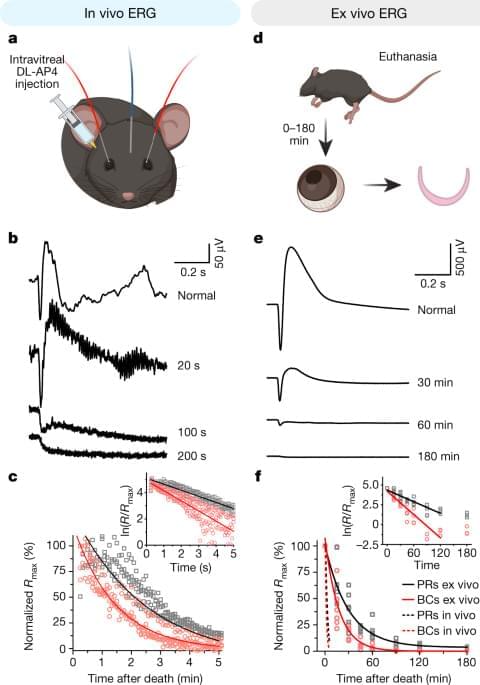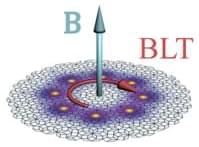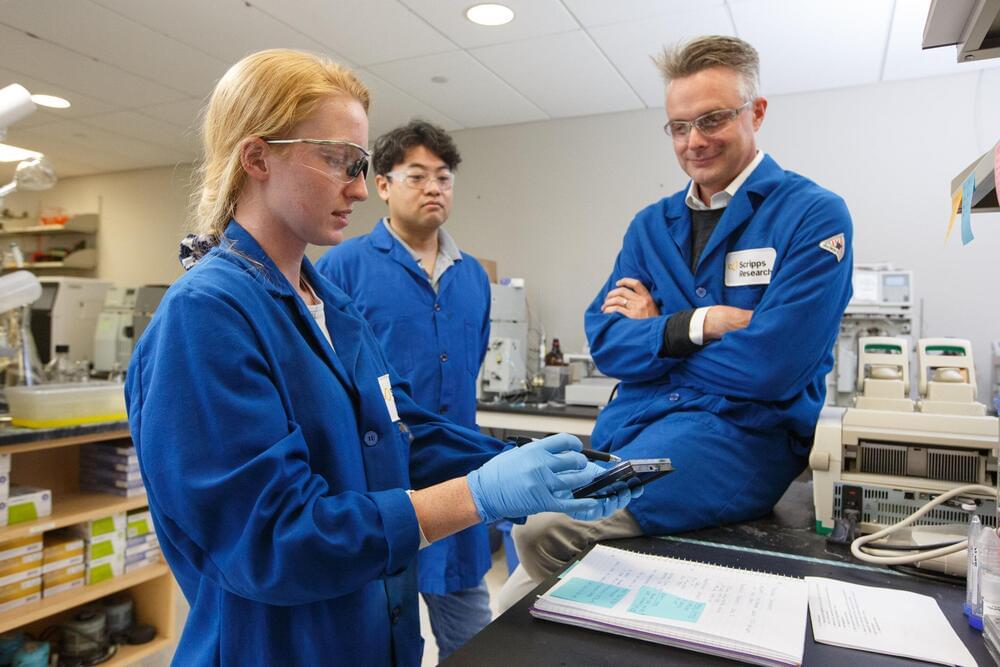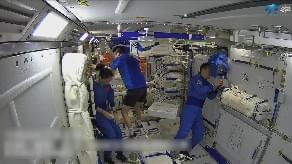If we can analyze the organization of neural circuits, it will play a crucial role in better understanding the process of thinking. It is where the maps come into play. Maps of the nervous system contain information about the identity of individual cells, like their type, subcellular component, and connectivity of the neurons.
But how do we obtain these maps?
Volumetric nanometer-resolution imaging of brain tissue is a technique that provides the raw data needed to build these maps. But inferring all the relevant information is a laborious and challenging task because of the multiple scales of brain structures (e.g., nm for a synapse vs. mm for an axon). It requires hours of manual ground truth labeling by expert annotators.






